Menu
- Daily
Philippines Lifts Import Ban on German Beef After FMD-Free Declaration
animal disease export ban, DA FMD Germany clearance, DA Memorandum Order 29, Featured, FMD-free declaration Germany, foot-and-mouth disease update, German animal product import approval, livestock trade Germany Philippines, PH lifts German beef import ban, PH-Germany agriculture trade, Philippine beef imports 2025 - National
DOE Hails Ratification of PhilATOM Bill as Milestone Toward Nuclear Energy Future
DOE nuclear roadmap, Featured, future of nuclear power Philippines, IAEA nuclear compliance PH, nuclear energy safety agency, nuclear power in the Philippines, PhilATOM bill ratified, PhilATOM law 2025, Philippine National Nuclear Energy Safety Act, Philippine nuclear energy regulation, Sharon Garin nuclear energyFilinvest-ENGIE JV Completes 3MW Solar Rooftop Project for Nexperia in Laguna
3MW solar system Cabuyao, carbon neutrality goals 2035, Filinvest ENGIE solar project, Filinvest Festival Supermall solar, FREE renewable energy projects, industrial solar installations PH, Nexperia clean energy shift, Nexperia solar rooftop Laguna, renewable energy Philippines 2025, solar power for semiconductor industry - International
Philippines Lifts Import Ban on German Beef After FMD-Free Declaration
animal disease export ban, DA FMD Germany clearance, DA Memorandum Order 29, Featured, FMD-free declaration Germany, foot-and-mouth disease update, German animal product import approval, livestock trade Germany Philippines, PH lifts German beef import ban, PH-Germany agriculture trade, Philippine beef imports 2025Trump Slams Musk Over Tax-Cut Bill Opposition, Says “Very Disappointed”
Donald Trump Big Beautiful Bill, Elon Musk leaves Trump admin, Elon Musk tax-cut bill criticism, Featured, Government Efficiency Department Musk, Musk federal deficit concerns, Tesla stock drop Trump, Trump disappointed in Elon Musk, Trump EV credit removal, Trump Musk feud 2025, Trump vs Musk latest newsHotel101 to Develop 10,000 Affordable Rooms in Saudi Arabia Under $2.5B Expansion Deal
affordable hotel chain Saudi Arabia, DoubleDragon hotel project, DoubleDragon Nasdaq listing, Edgar Injap Sia II Hotel101, Featured, global condotel model, Hannah Yulo-Luccini, Hotel101 Horizon Group partnership, Hotel101 Medina Riyadh Jeddah, Hotel101 Saudi Arabia expansion, Vision 2030 tourism Saudi - Editorial
- Next Negosyante
- Crypto News

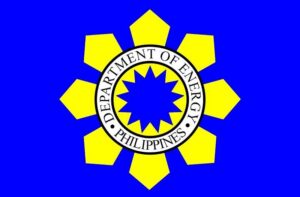
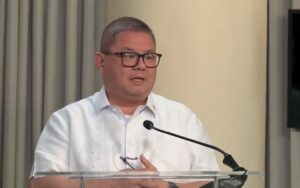
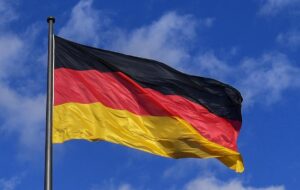
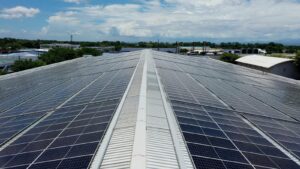

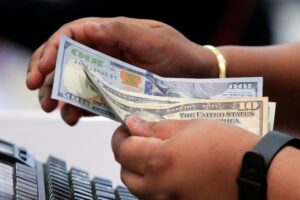



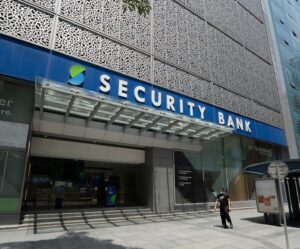
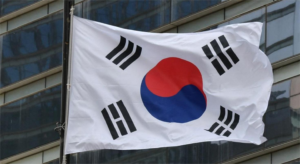




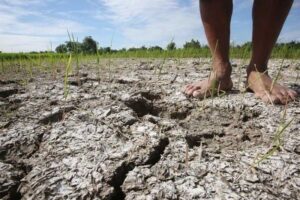



Comments are closed for this article!